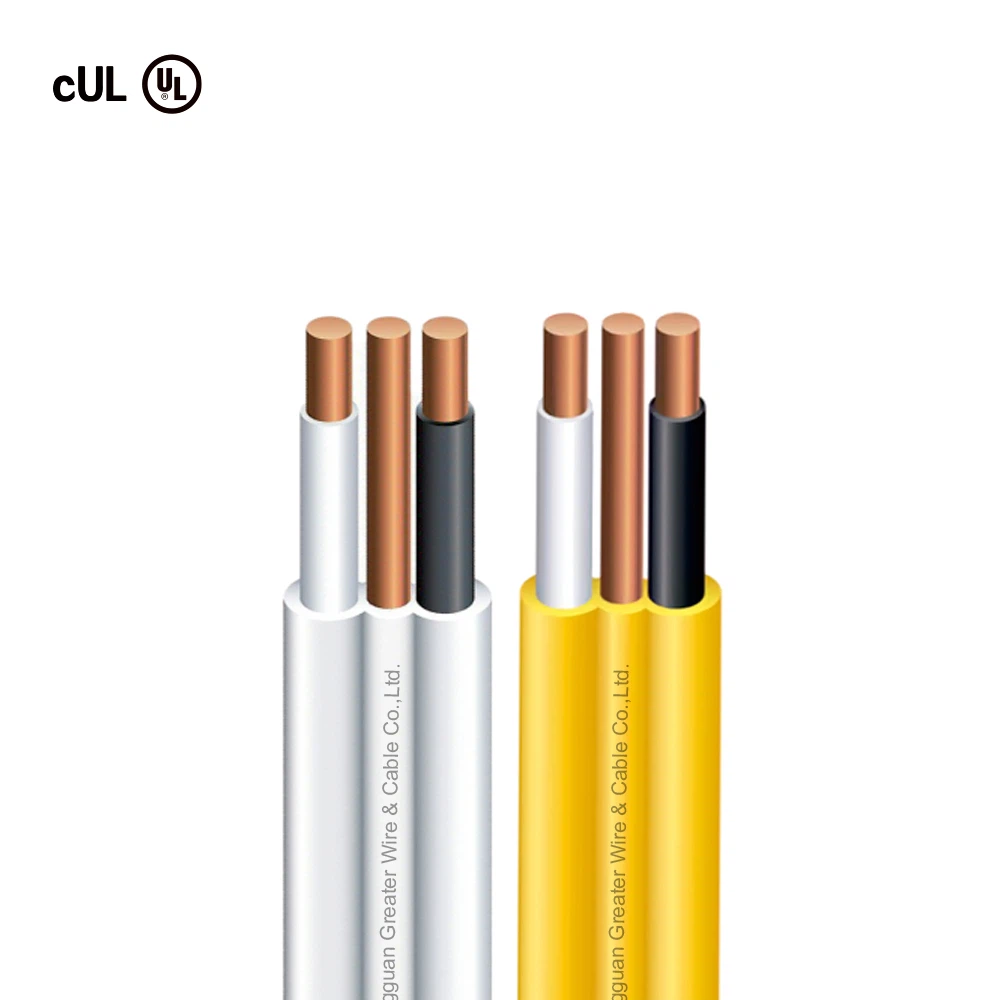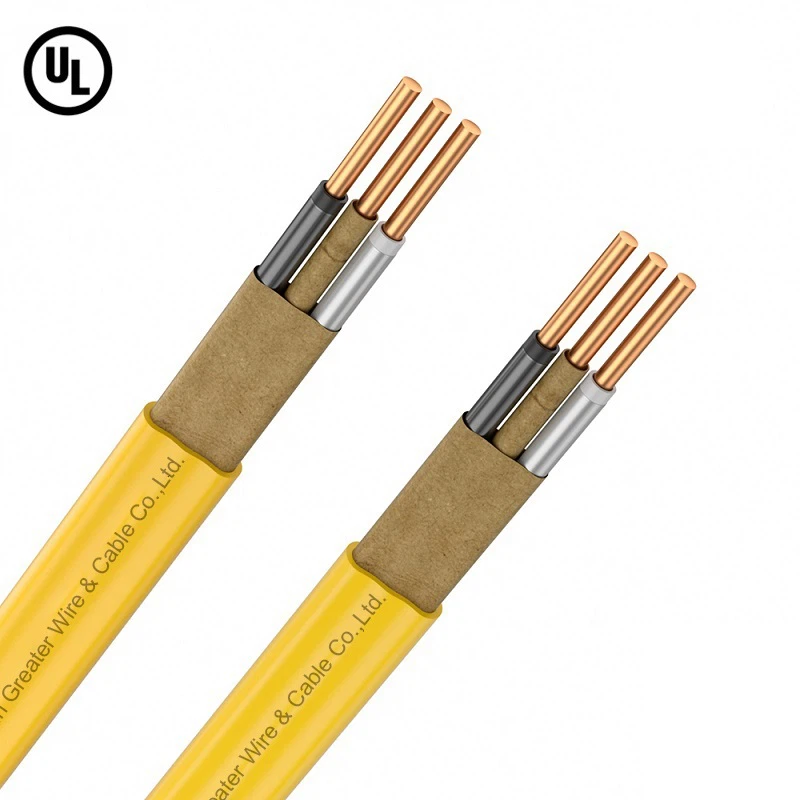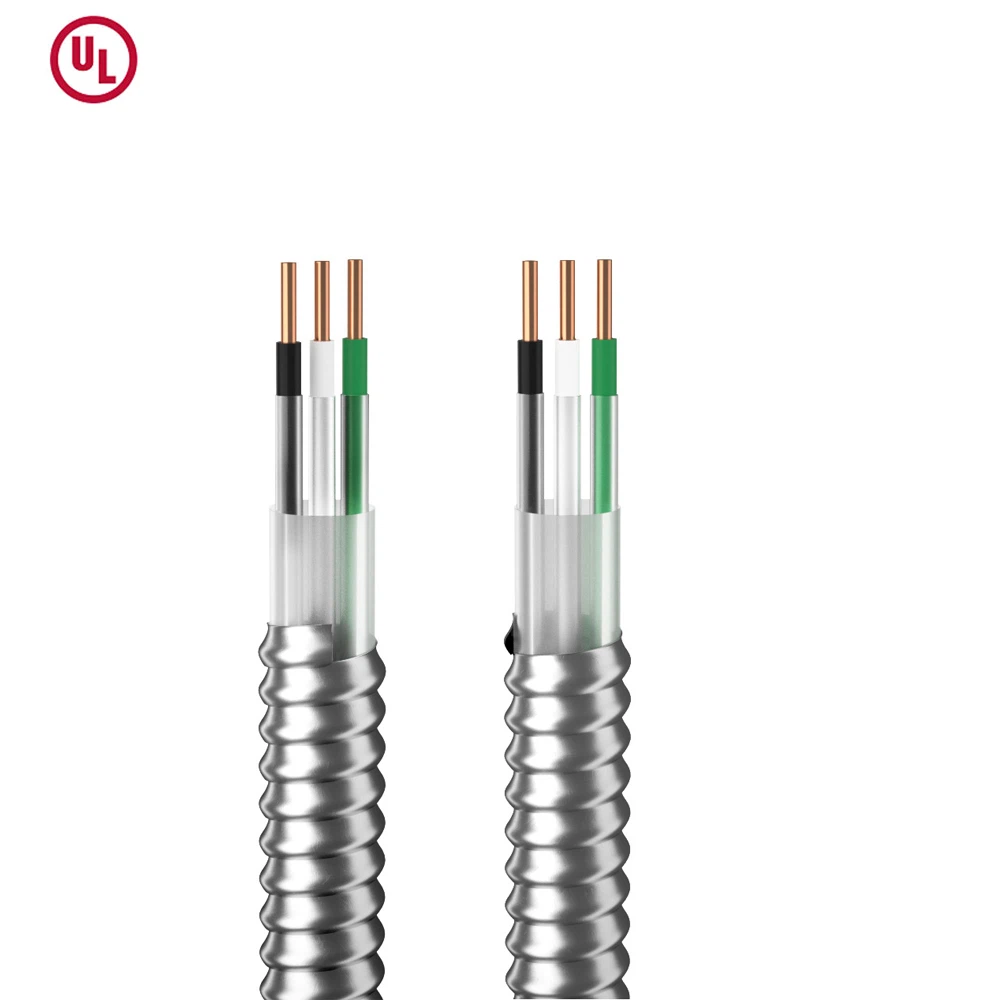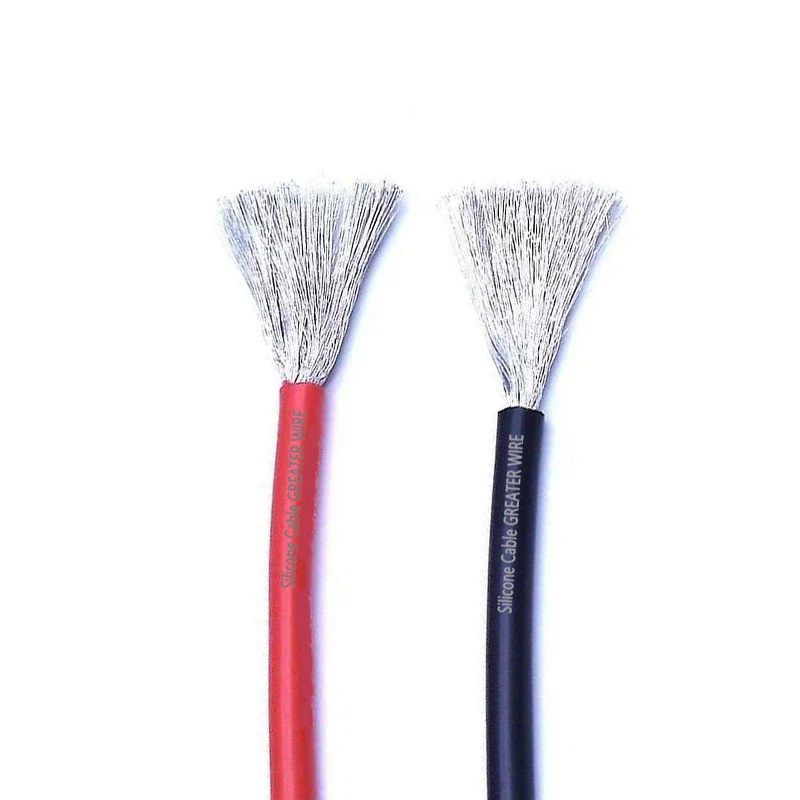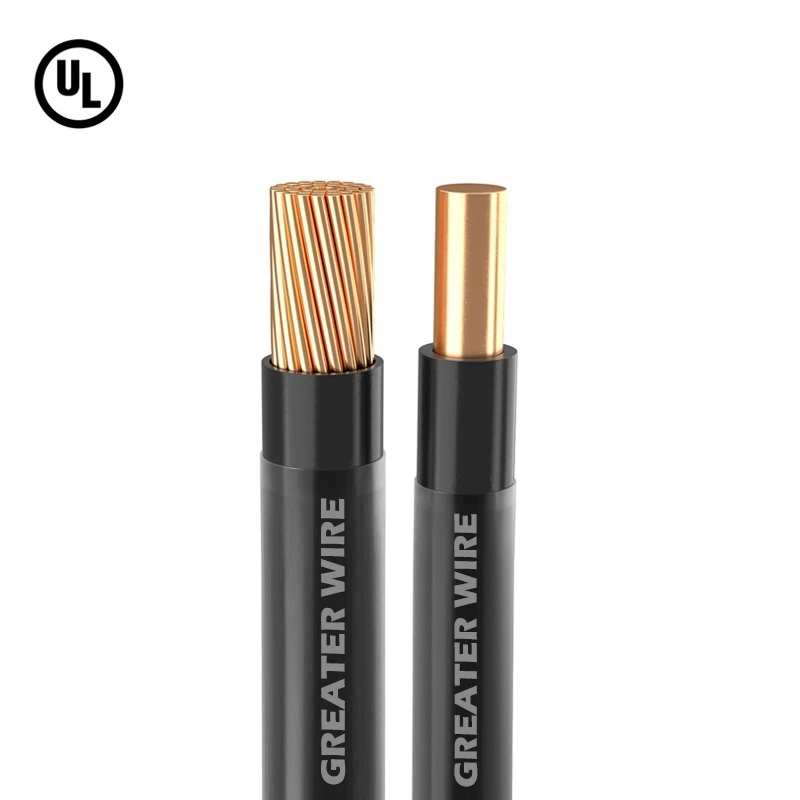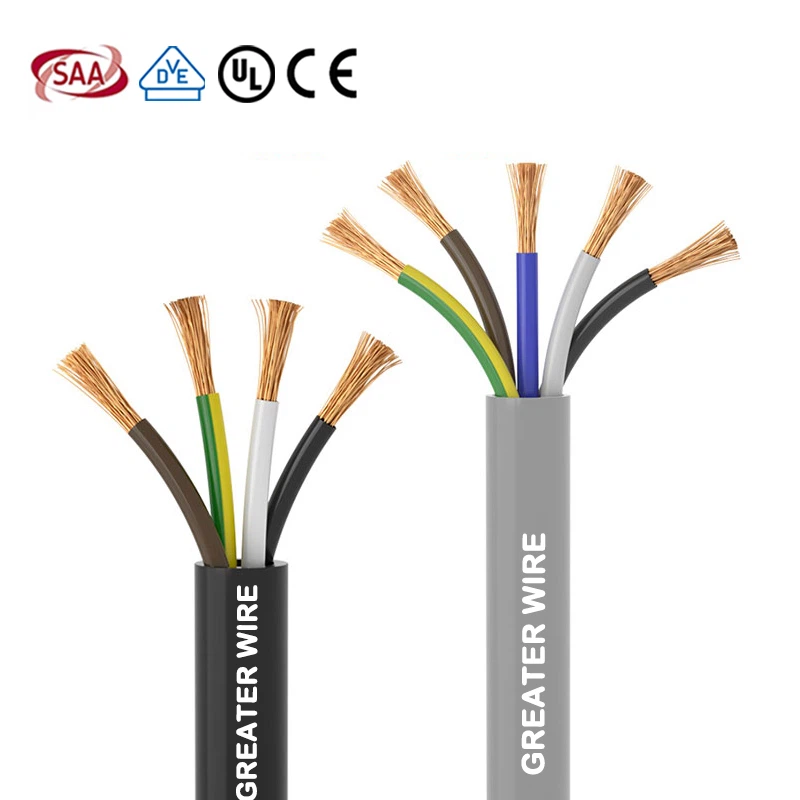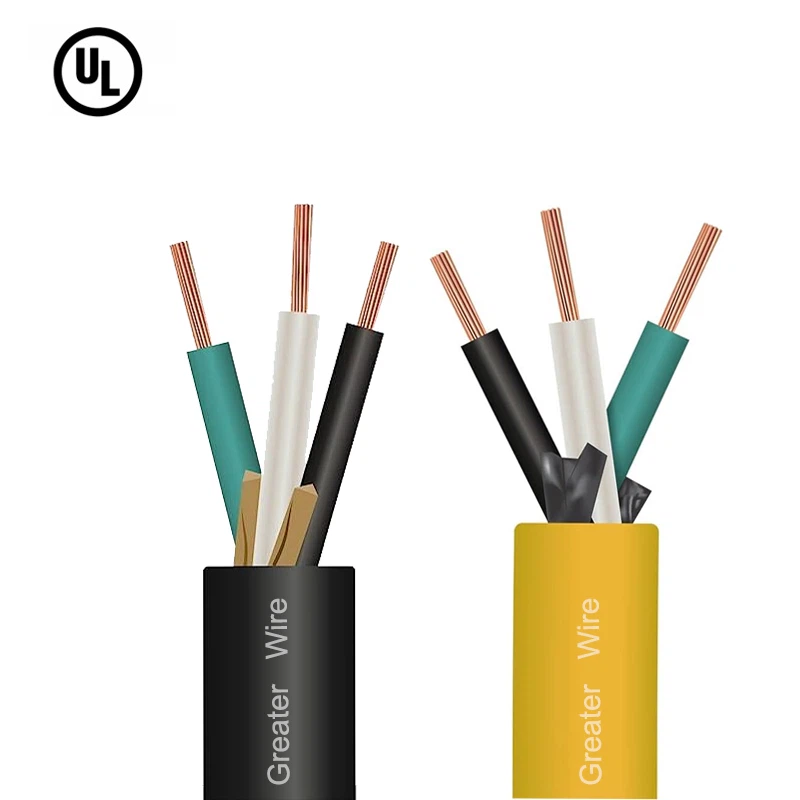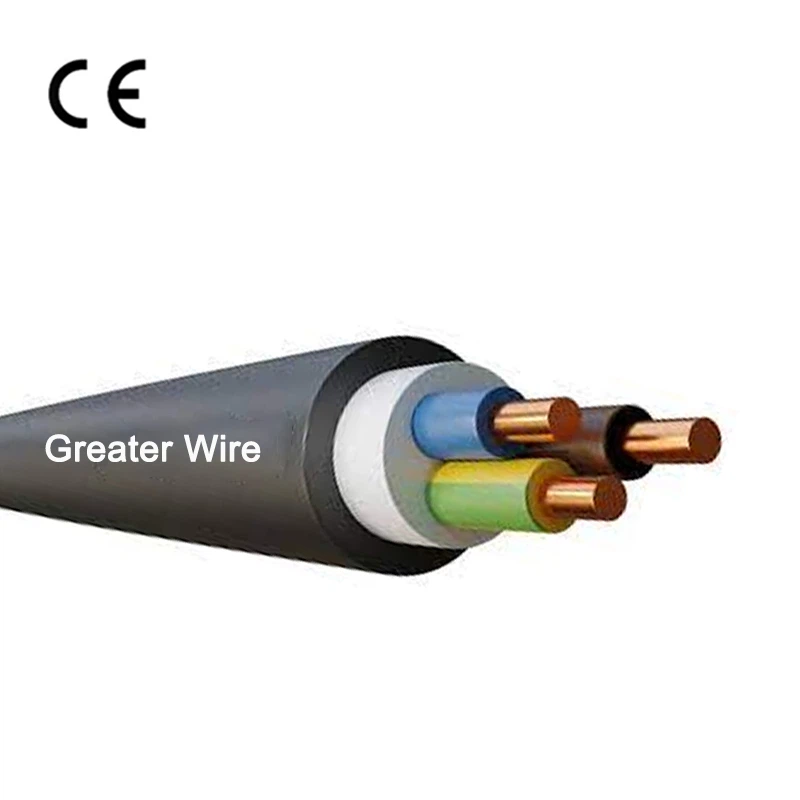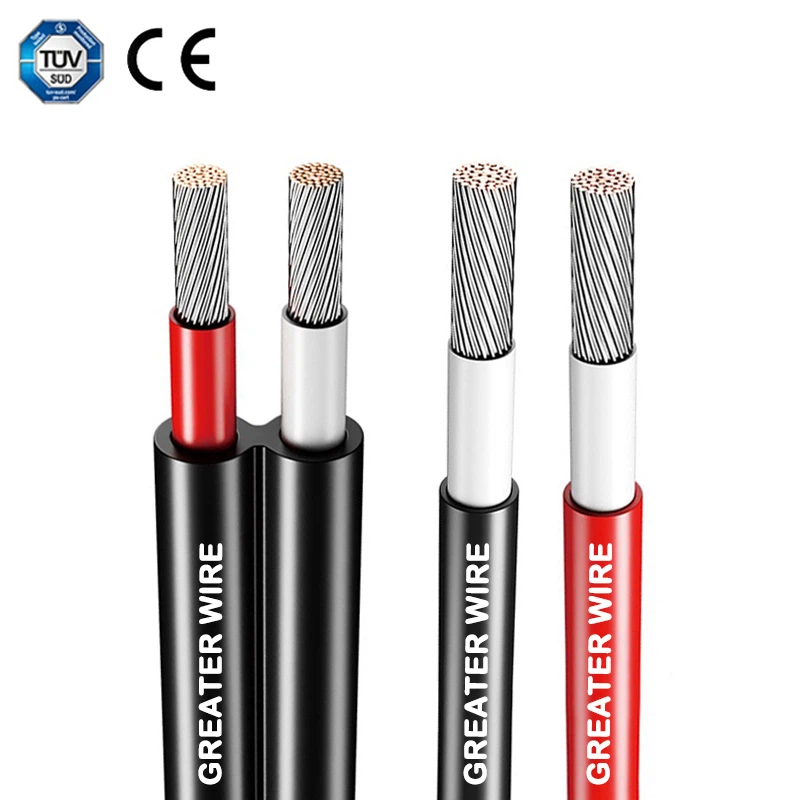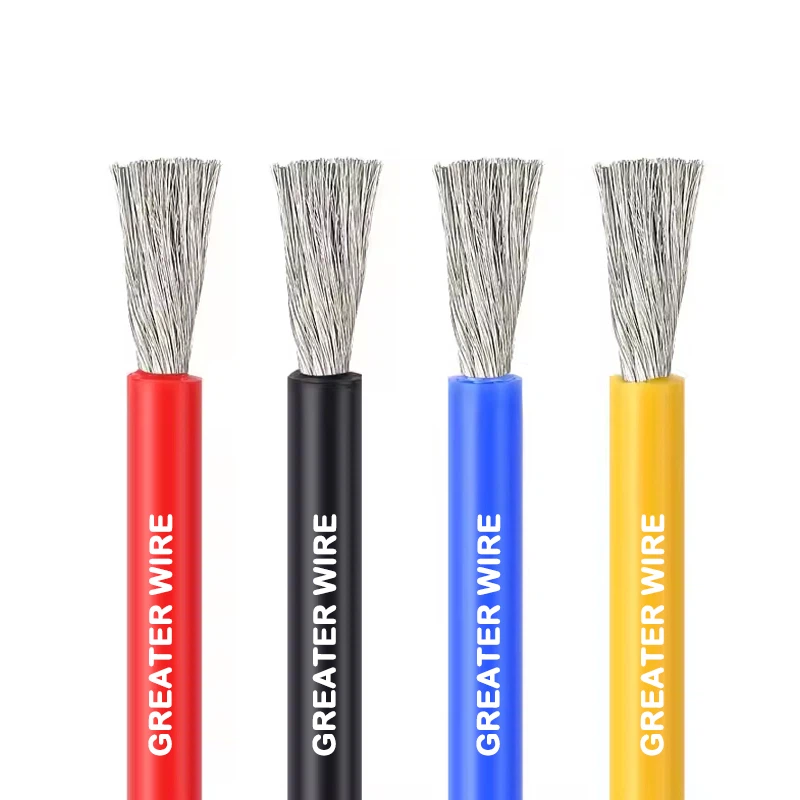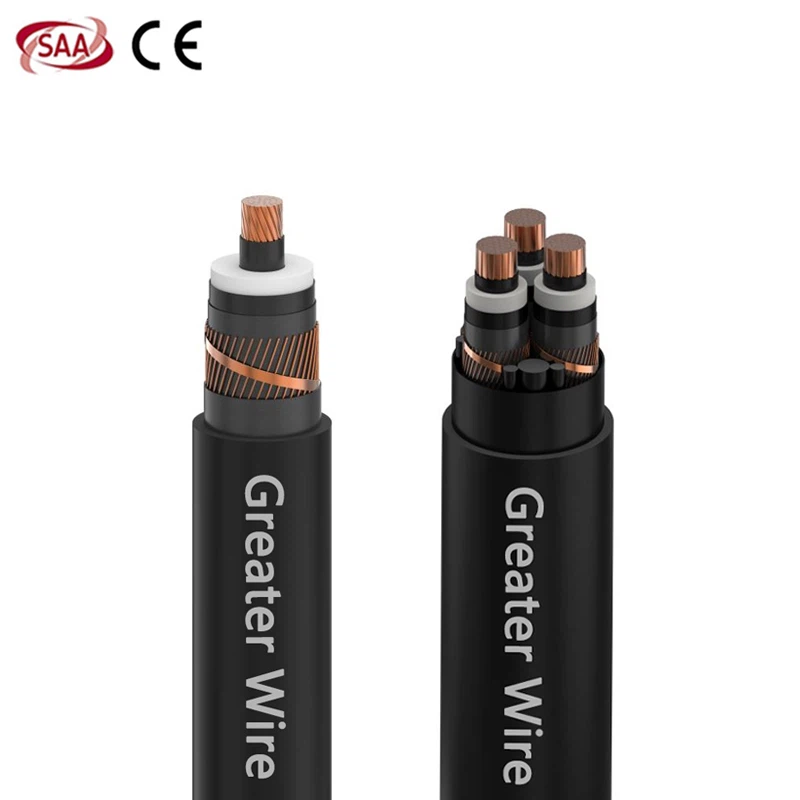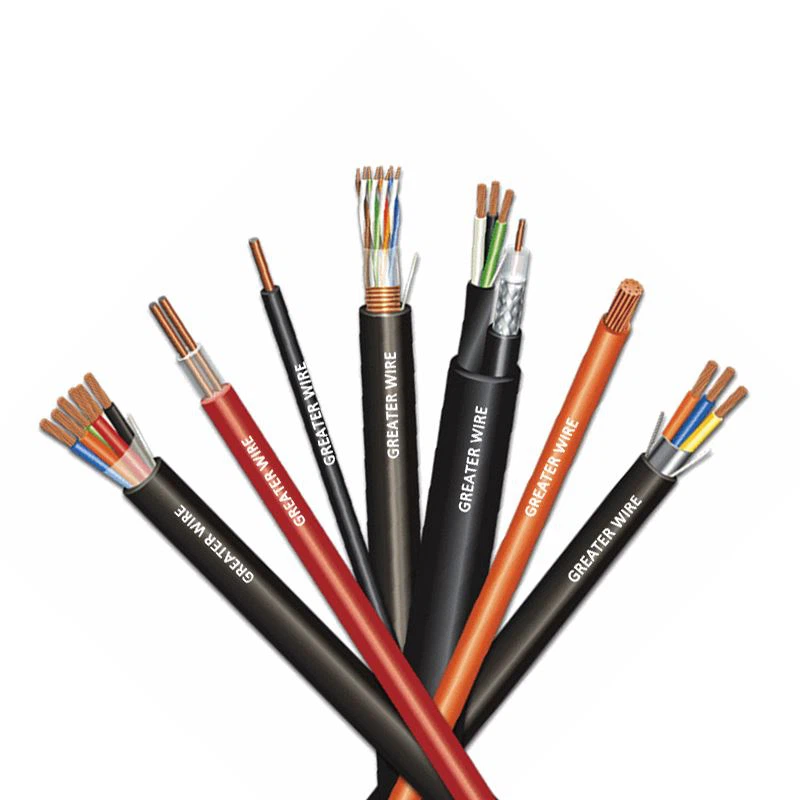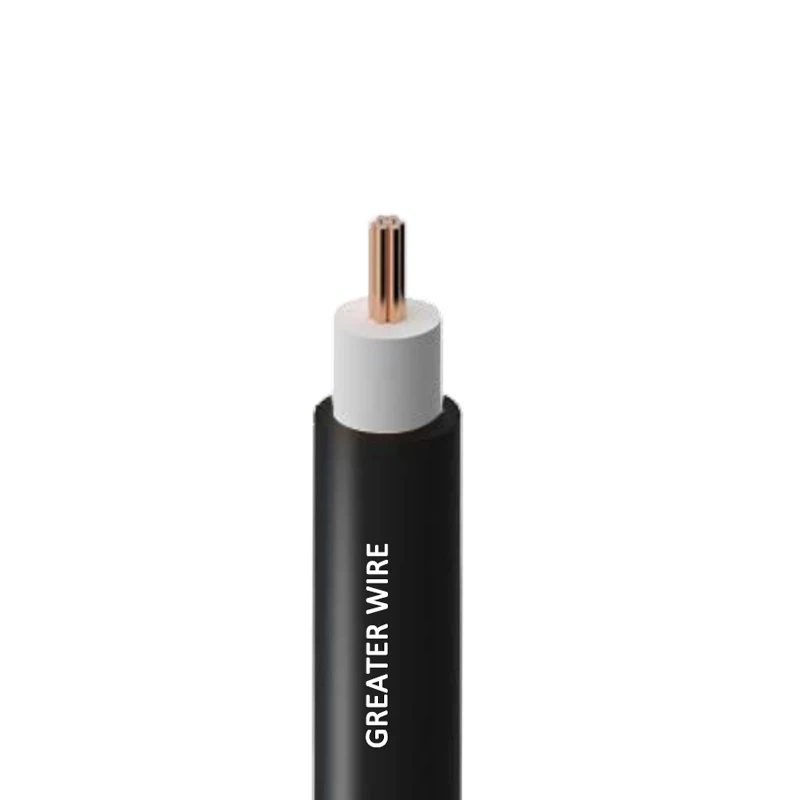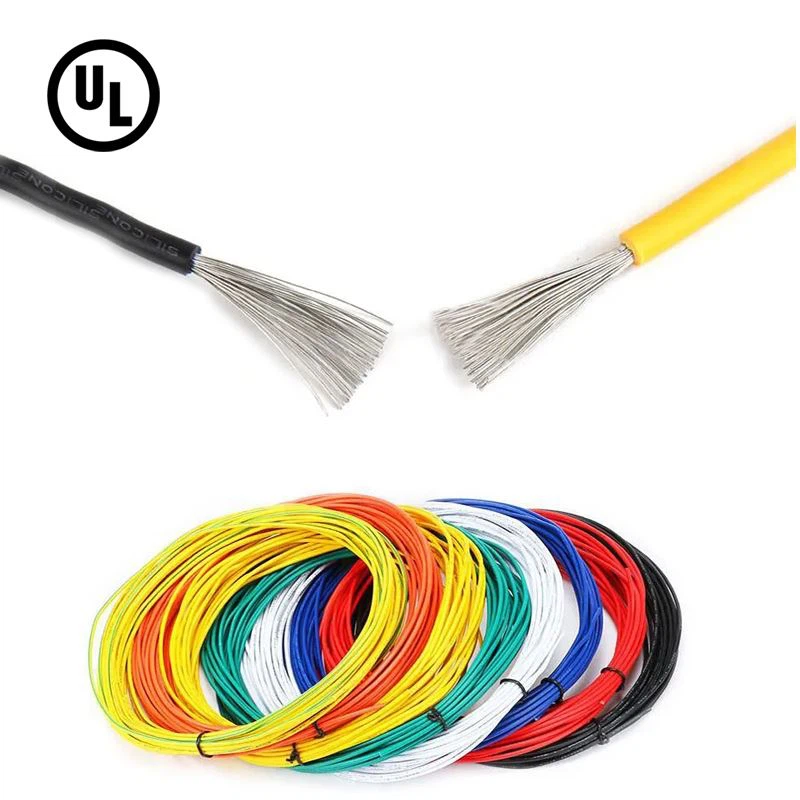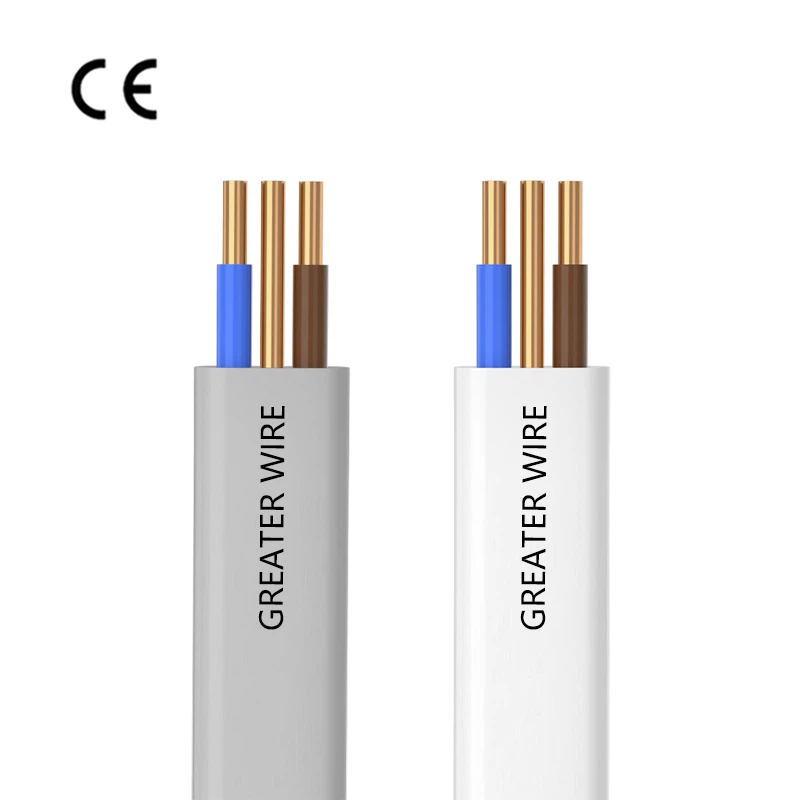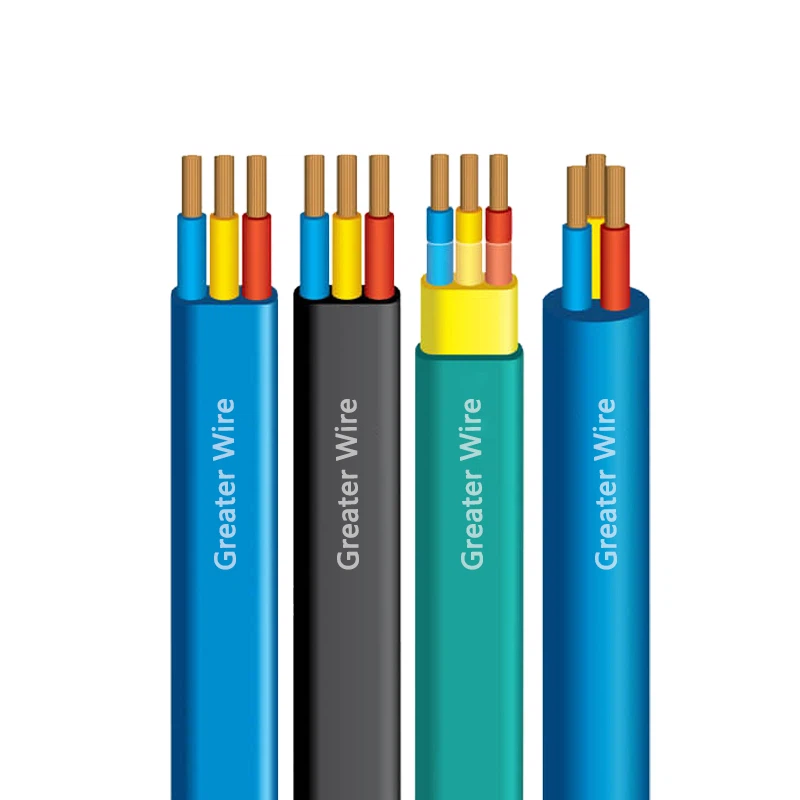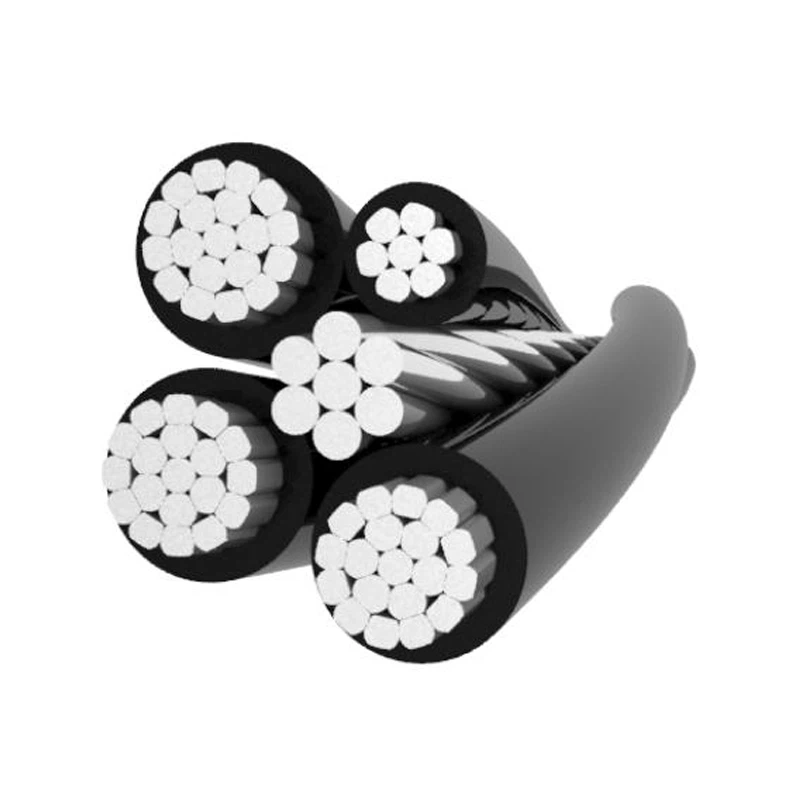The performance of electrical wires and cables is crucial in a wide array of applications, from everyday household wiring to complex industrial systems and cutting-edge technologies. When selecting materials for wiring, one of the most critical factors to consider is electrical conductivity, as it determines how efficiently the material can transmit electrical current. Among the many materials used for wiring, copper has long been the standard for electrical conductors due to its excellent conductivity. However, there is growing interest in silicon-based cables, especially in industries where unique properties like heat resistance and flexibility are essential.
A common question that arises when comparing materials for wiring is: Is silicon cable more conductive than copper? The answer, as we'll explore, is complex and involves understanding the inherent properties of both silicon and copper, as well as the role of the insulation in silicon cables.
1. Understanding Electrical Conductivity
To assess whether silicon cable is more conductive than copper, it's important to first define what conductivity is and how it's measured.
Electrical Conductivity is the measure of how easily a material allows the flow of electric current. It is inversely related to resistance: the higher the conductivity, the lower the resistance, meaning that electricity flows more easily through the material.
Conductivity is commonly measured in siemens per meter (S/m), and materials with high conductivity allow electricity to flow with minimal resistance. For comparison, metals like copper and silver are among the best conductors of electricity due to their atomic structure, which allows for the free movement of electrons.
2. Copper as a Conductor
Copper is one of the most widely used materials for electrical conductors. The primary reason for this is its high electrical conductivity. Let's break down the properties of copper that make it ideal for electrical wiring:
2.1 High Electrical Conductivity
Copper has an electrical conductivity of about 59.6 x 10^6 S/m, making it the second-best metal conductor after silver, which has slightly better conductivity. Copper's excellent conductivity allows it to efficiently carry electrical current with minimal loss, making it a popular choice in power transmission, electrical circuits, and electronics.
2.2 Durability and Reliability
Copper is not only highly conductive but also durable and reliable. It is resistant to oxidation and corrosion, which means it can maintain its conductivity over time, even in harsh environmental conditions. Copper is widely used in applications such as power lines, electrical wiring, and electronics, where consistent, long-term performance is crucial.
2.3 Cost-Effectiveness
Although copper is relatively expensive compared to other metals like aluminum, it strikes a balance between performance and cost. Copper is cost-effective enough for widespread use in residential, commercial, and industrial electrical systems. Additionally, copper's ductility allows it to be easily drawn into wires of various thicknesses, making it versatile for different applications.
3. Silicon as a Material
Silicon, often found in the form of silicon rubber (used for insulation) or silicon semiconductors, is quite different from copper in its electrical properties. It is important to note that when discussing silicon cables, we are typically referring to cables that have silicone rubber insulation, not a silicon-based conductor. So, the comparison isn't directly between the conductivity of silicon as a material and copper as a conductor, but rather between copper wire (which carries current) and silicone insulation (which serves as a protective layer).
3.1 Silicon vs. Copper Conductivity
Pure silicon is not a good conductor of electricity. In fact, it is a semiconductor, which means it has a conductivity level that falls between an insulator (like rubber or glass) and a conductor (like copper or aluminum). The electrical conductivity of pure silicon is much lower than copper's, typically around 1.56 x 10^3 S/m, which is thousands of times lower than copper's conductivity.
However, silicon is used in semiconductor devices (such as transistors, diodes, and microchips) due to its ability to conduct electricity under certain conditions, especially when doped with specific elements like boron or phosphorus. In this case, silicon is manipulated to control the flow of electricity, making it invaluable for electronic circuits. But, in its natural state, silicon is far less conductive than copper.
3.2 Silicone Rubber Insulation
When people refer to silicon cables, they are often referring to silicone rubber-insulated cables. Silicone rubber, the material used for insulation in cables, is not a conductor; instead, it is an excellent insulator. Silicone rubber provides a flexible, durable, and high-temperature-resistant coating around the conductor (usually copper or aluminum), which is why it is widely used in applications that require heat resistance and flexibility.
While silicone insulation does not contribute to the electrical conductivity of the wire, it plays an important role in protecting the conductor from electrical shorts, mechanical damage, and environmental factors like moisture and chemicals.
4. Comparing Conductivity of Silicon Cable and Copper
Now that we understand the basic conductivity properties of copper and silicon, we can better answer the question: Is silicon cable more conductive than copper?
4.1 Copper Conductivity vs. Silicone Insulation
The comparison between silicon cable and copper should be viewed in terms of the conductor (usually copper or aluminum) and the insulation (silicone rubber). Copper remains far superior to silicon rubber in terms of conductivity.
Silicone rubber does not conduct electricity at all. Its purpose is to insulate and protect the conductor, not to carry the current. In contrast, copper is a conductor, meaning it is designed to transport electrical current efficiently.
Therefore, in terms of electrical conductivity, copper is vastly superior to silicone (which is insulating and not conductive). Copper allows for the efficient flow of electrical current with minimal resistance, whereas silicone merely serves as a protective cover around the conductor.
4.2 The Role of Insulation in Electrical Performance
While silicone insulation does not affect the conductivity of the copper conductor itself, it does have other benefits that make it desirable for certain applications. These include:
Temperature resistance: Silicone rubber can withstand extreme temperatures, ranging from -50°C to +200°C, without degrading. This makes it ideal for use in high-temperature environments where conventional insulation might fail.
Flexibility: Silicone cables retain their flexibility even at low temperatures, making them ideal for applications where the cable needs to be bent or routed through tight spaces.
Durability: Silicone rubber is resistant to UV radiation, moisture, and ozone, which ensures that silicone-insulated cables last longer in harsh environments.
While these properties make silicone-insulated cables excellent for demanding applications, they do not make the cable more conductive than copper.
5. Applications and Benefits of Silicone Cables
Silicone cables are not designed to be more conductive than copper cables. Instead, they excel in areas where flexibility, heat resistance, and durability are essential. Some typical applications of silicone-insulated cables include:
Automotive wiring: Silicone cables are used in automotive environments, particularly in engine compartments, where high heat and vibration are prevalent.
Industrial equipment: Silicone cables are employed in machinery that operates in high-temperature conditions, such as ovens, kilns, or electric furnaces.
Medical devices: Silicone-insulated cables are used in medical devices, where both flexibility and heat resistance are important.
Aerospace: Silicone cables are used in aircraft and spacecraft, where weight, flexibility, and heat resistance are critical.



